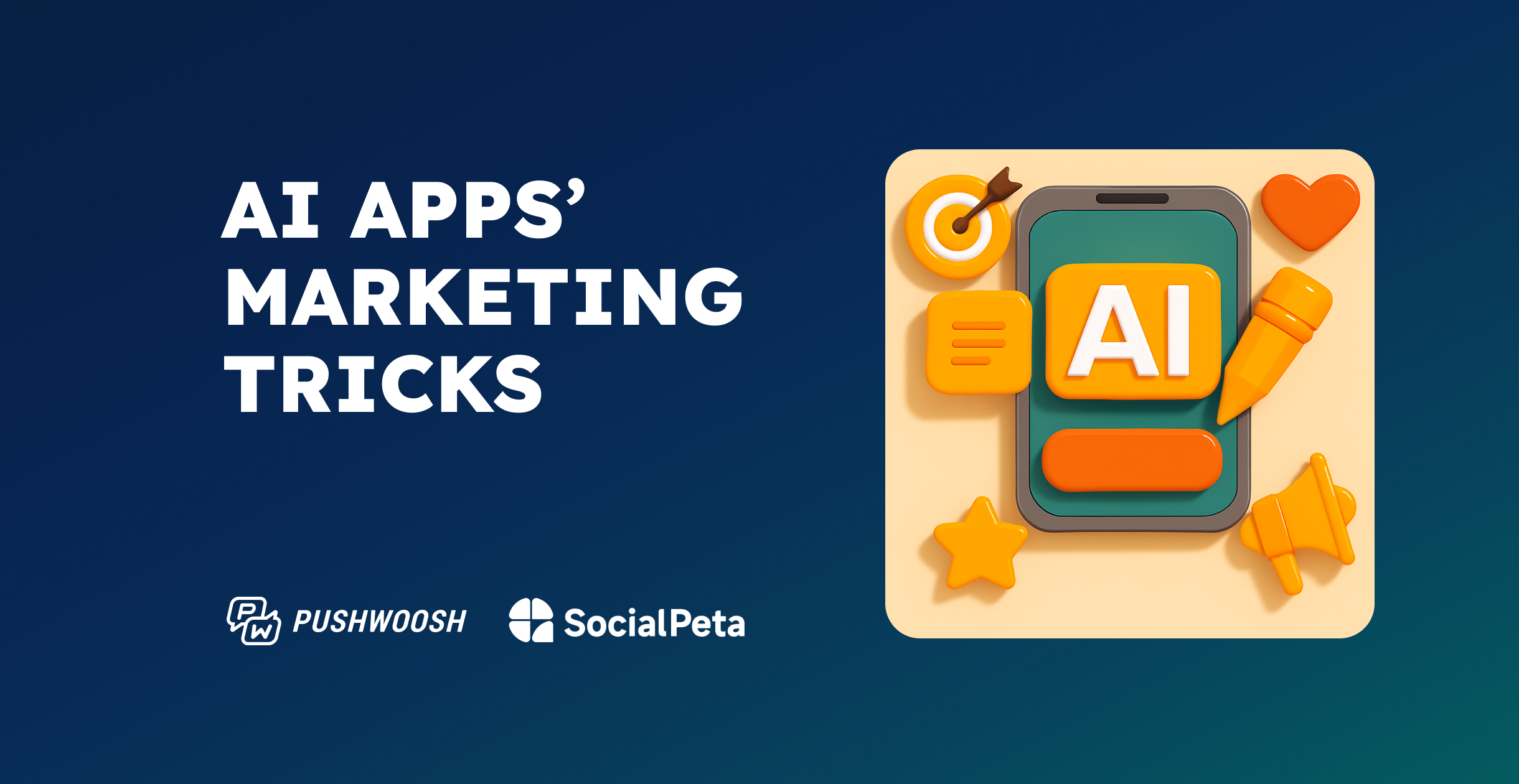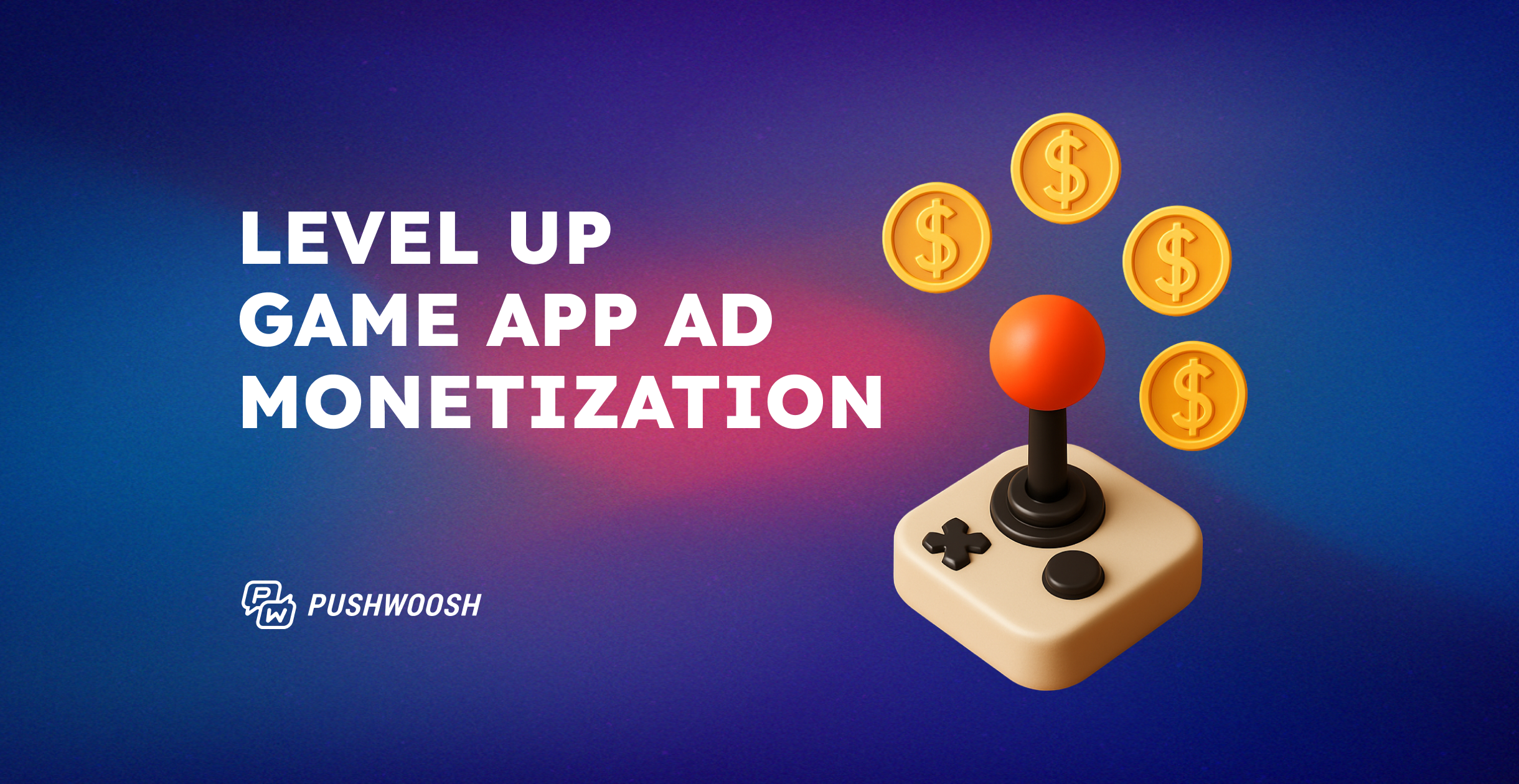AI apps: Steal the marketing playbook of 2025’s hottest app category
AI apps are exploding in popularity — not just as a tech trend, but as a marketing success story. In Q1 2025, the number of monthly active users (MAUs) of AI applications worldwide surged to 666 million — a remarkable 24.64% increase year-over-year, signaling strong and sustained demand for AI-driven tools. Among the standout performers, DeepSeek emerged as the breakout success of the quarter. With a staggering growth rate of 1,688%, it skyrocketed its global market share from just 0.7% to an impressive 7.9%, firmly establishing itself as a rising force in the AI landscape.
The latest insight into the hottest app category comes from SocialPeta’s Marketing Analysis of Overseas AIGC Apps in Q1 2025. This comprehensive report delivers a data-driven exploration of global user trends, advertising performance, and regional dynamics, helping marketers, developers, and investors identify new opportunities in the fast-evolving AIGC space.
This post analyzes how AI apps are marketed globally and what other app verticals (like dating, gaming, and productivity) can learn from them.
Why AI apps are a must-watch category for mobile marketers
Attracting the most active user base
According to SocialPeta data, AI apps are experiencing rapid growth among younger demographics.
Users aged 18 to 35 account for 70% of the total audience for AI apps, which highlights their strong adoption among digitally native, tech-savvy audiences who are quick to embrace new tools and creative formats.
Hitting a sweet spot between utility and entertainment
What motivates users to install AI apps? It’s their value proposition balancing entertainment with utility, as AI apps’ product offerings vary from AI-powered video and image generation to productivity-enhancing tools like writing assistants and chatbots. This dual demand is driving sustained engagement across various app categories.
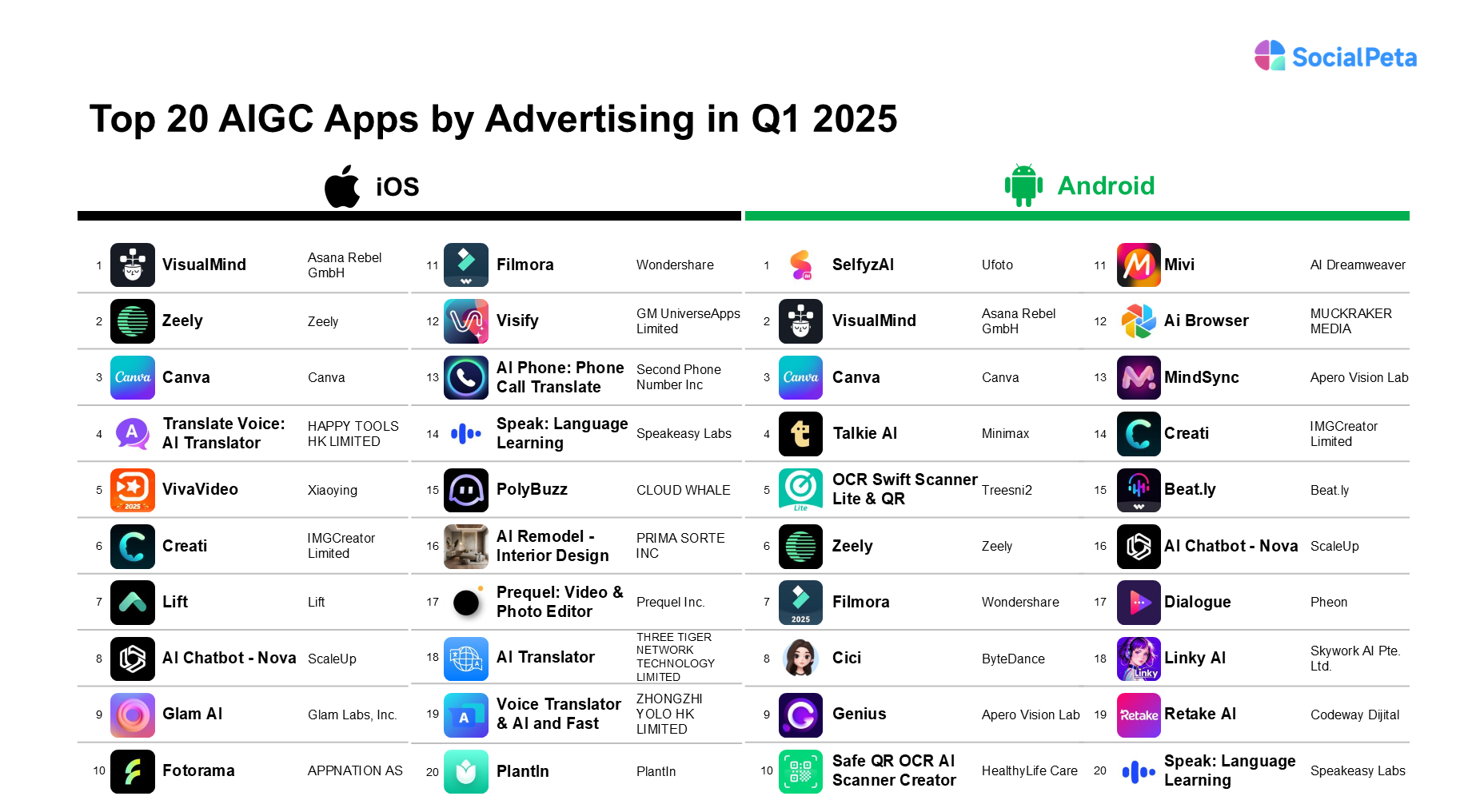
Stable and scalable monetization model
On the business side, subscription-based monetization has become the norm, offering predictable revenue streams to AI app businesses and premium feature access to power users.
As the AI-generated content (AIGC) space matures, the ability to combine engaging content with a scalable monetization framework is proving critical for long-term success.
Advertising strategy: Can you compete with the top AI apps?
Top AI apps are spending more on advertising
The AI apps’ market demonstrates a strong head effect, with a handful of top-tier advertisers contributing the majority of ad spend, indicating increasing consolidation and competition at the top.

Ad creative strategy: Less is more, shorter is better
In 2025, AI apps’ media buying strategies have become more refined and performance-oriented, particularly when compared to other sectors, such as gaming or e-commerce. Instead of relying on aggressive, large-scale acquisition campaigns, most AI apps’ developers are focusing on highly targeted and data-driven UA tactics to maximize ROI.
In terms of creative output, AI advertisers generated an average of just 403 creatives per month in Q1 2025, a significant 50.37% year-over-year drop. This decline signals a shift toward quality over quantity, as advertisers focus on better-performing assets instead of mass production.
Among all ad formats, video remains dominant, accounting for over 83.46% of total creatives. These videos are primarily feature-focused, aiming to demonstrate the app’s capabilities in a clear and engaging way.
Notably, short-form videos (15–30 seconds) made up the majority, reflecting broader trends in mobile consumption behavior and the continued influence of platforms like TikTok and Reels.

This creative strategy reflects the nature of AI apps—complex tools that require clear, concise storytelling to educate users and drive meaningful installs.
Localize or lose: The cultural nuance pays off
AI apps are a global phenomenon with strong regional signals.
According to the SocialPeta data, in Q1 2025, the global AIGC market demonstrated notable regional disparities in both revenue and user acquisition patterns.
North America continued to dominate revenue generation, contributing 47% of total global AIGC app revenue. This reflects the region’s strong user willingness to pay and the maturity of its subscription-based monetization models.
In contrast, India accounted for 21% of global downloads, indicating its position as a major driver of user volume. While monetization per user remains lower, the sheer scale of India’s user base presents significant growth potential.
Japan recorded the highest year-over-year growth rate at 157.9%, with South Korea following closely behind. This surge is primarily attributed to the increasing demand for localized and culturally relevant content in East Asia. In these markets, users respond more positively to content that reflects their own cultural nuances, values, and linguistic preferences.

In response, leading AIGC advertisers have adopted hyper-localized strategies that go beyond basic translation. They focus on crafting emotionally resonant content by integrating regional dialects, local cultural references, and relatable user scenarios. This approach has proven highly effective in improving user engagement, conversion, and long-term retention.
As the global market becomes increasingly saturated and competitive, the ability to deliver personalized, culturally adapted user experiences is no longer optional but essential for sustainable growth and differentiation.
Case studies: What leading AI apps are doing right
DeepSeek: Hyper-growth and smart positioning via influencer-style ads
- Leveraged video KOLs + credibility (e.g., NVIDIA CEO clips)
- Optimized performance vs. cost
- Localized go-to-market to fuel global growth
DeepSeek, is emerging as a major player in the general-purpose AI technology landscape. Its core infrastructure comprises the DeepSeek V3 foundation model and the R1 inference model, both designed to balance performance and cost efficiency. Notably, the R1 model was trained with a relatively low investment of just $5.576 million, significantly undercutting the training costs of many competing large-scale models on the global stage.
This cost-performance advantage has positioned DeepSeek as a disruptive force within the AI industry, reshaping the competitive landscape by making powerful AI capabilities more accessible and scalable. Its rapid ascent also reflects China’s growing influence in the global AI ecosystem, both in terms of technological innovation and strategic investment.
As DeepSeek continues to evolve, it is increasingly viewed not only as a product of advanced engineering but also as a symbol of national progress in foundational AI research and industrial applications.
Monica AI: Gamified approach in Japan
Another emerging player that has effectively leveraged multimodal models to gain traction in the competitive Japanese market is Monica AI.
Its breakthrough came through a distinctive and localized marketing campaign titled “Battle of the Top 3 AI Tools,” which resonated strongly with Japanese users by blending cultural relevance with tech-savvy messaging.
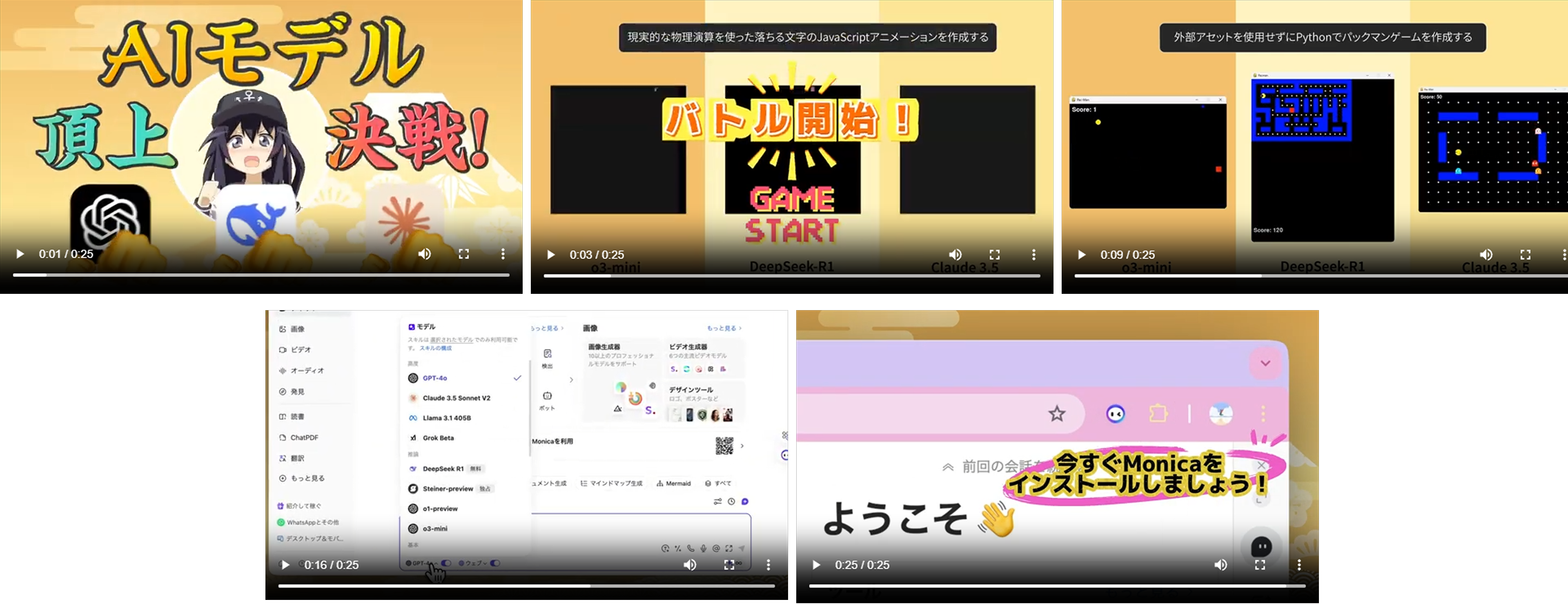
Notta: Business-first positioning for professionals.
Notta is an AI-powered productivity tool that has strategically positioned itself to meet the specific needs of Japanese professionals. By focusing on features that streamline work-related tasks — such as transcription, meeting summaries, and multilingual support — Notta appeals directly to the efficiency-driven demands of the business sector.
Its marketing approach relies on clean, minimalist creatives with a strong professional tone, reinforcing the brand’s credibility and relevance in corporate settings. This targeted strategy has proven effective, with the platform generating over 1 million ad impressions, demonstrating strong market resonance and engagement within Japan’s productivity software landscape.
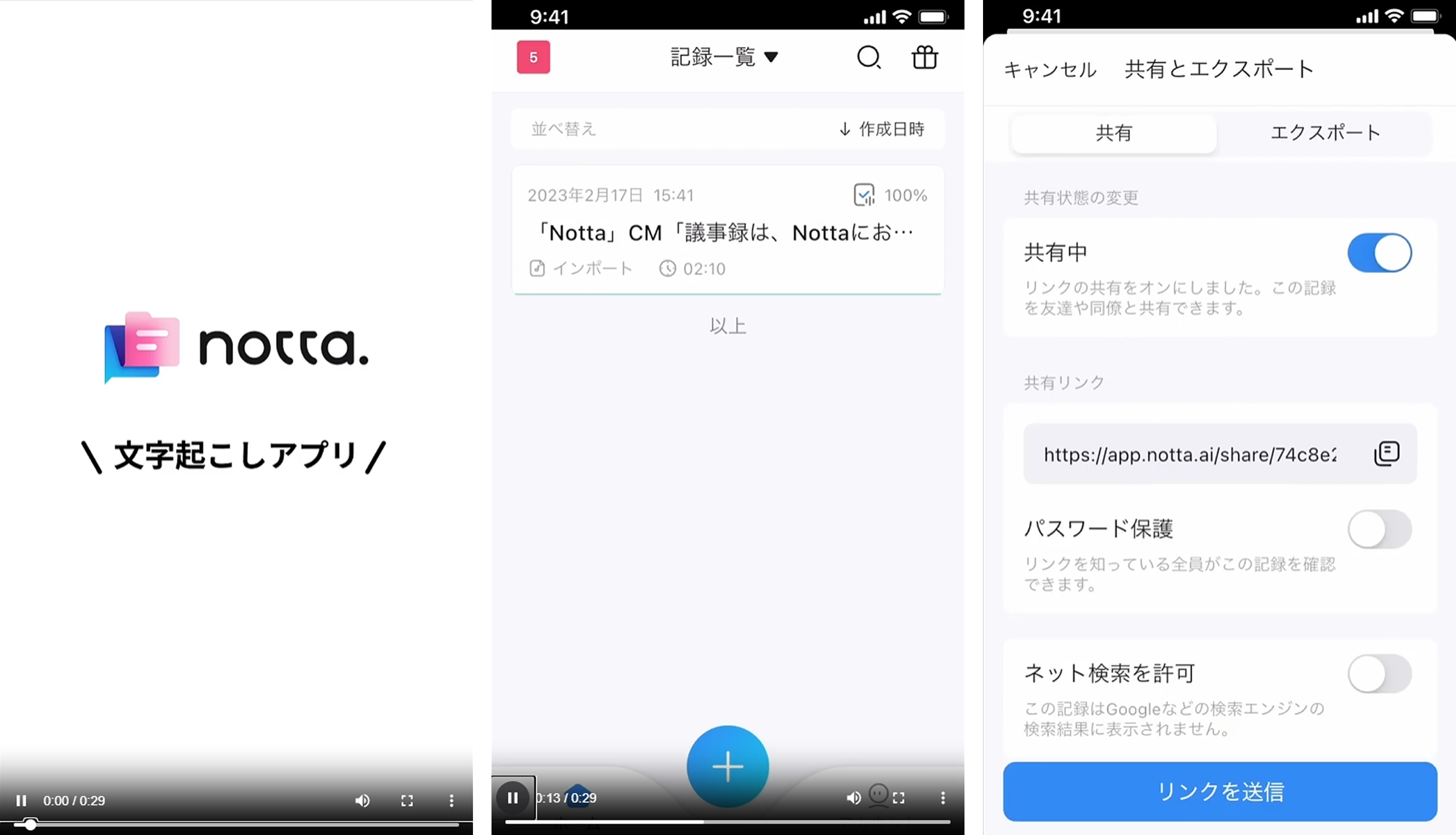
What happens after the ad click? The retention challenge
Your AI app may convert installs effectively, but can it sustain engagement and retention, the true drivers of revenue?
Too often, apps see a sharp decline in user activity after Day 1. The initial interest fades quickly if the onboarding experience doesn’t match user expectations or fails to guide them to the core value of the product.
So the challenge doesn’t end at the download — it continues with creating user journeys that keep your audience engaged and progressing toward subscription or repeat usage.
Pushwoosh helps bridge this gap with:
Personalized onboarding flows tailored to user profiles and behavior;
Automated engagement campaigns that start on Day 0;
Relevant and timely communication boosting retention and lifetime value.

Drive subscription revenue with omnichannel messaging
After onboarding, the main goal is monetization — converting free users into subscribers and minimizing churn. To drive conversions, you need a lifecycle-based approach backed by real-time data.
Here’s how to do it:
Optimize your paywall timing — nudge users right after they experience an “aha” moment;
Trigger trial-to-paid conversion flows based on in-app actions;
Send reminders across push notifications, in-app messages, and email.
With Pushwoosh, you can centralize user data in one system and launch automated omnichannel campaigns that include reachability checks and dynamic flow branching based on user interactions (or lack thereof) with your messages.
Give the user that “seen” feeling with personalized communication
Users are willing to pay for the feeling of being ‘seen.’
In AI apps, use cases can be deeply personal and context-dependent. Some users are exploring productivity boosts, others are experimenting creatively, and many are still unsure about the app’s value. The key is to guide users toward their goals — and personalized messaging is the best way to do that.
So, how do you create that “you get me” effect?
Segment users by behavior, intent, and engagement level to deliver tailored value;
Send 1:1 personalized messages triggered by real-time actions;
Incorporate emotional hooks like FOMO, social proof, and progression milestones.

Lessons learned from AI apps’ global marketing strategies
Invest in high-yield markets
Focus on regions like Europe and the U.S., where users are more willing to pay for AI apps, especially through SaaS subscriptions.Prepare for higher operational costs
Be aware of tightening regulations (e.g., in China and the EU), which may require local servers and data compliance solutions.Ensure product readiness for scale
Some AI tools, such as chatbots, development platforms, and study apps, may enjoy a streamlined entrance to the international markets. Others must prove their success domestically first and adjust their positioning second to expand abroad.Prioritize UX quality and app performance
Overcome negative feedback on lag, crashes, and high fees by optimizing app stability and user experience.Stand out in a saturated market
Many AI apps are similar — differentiation through UX design, features, or niche focus is crucial.Localize with precision
Tailor product and marketing initiatives to meet the cultural, linguistic, and functional needs of each region.Create emotionally resonant content
Use local cultural references, dialects, and storytelling to build strong connections with diverse audiences.
This article was created in partnership between the SocialPeta and Pushwoosh teams.

